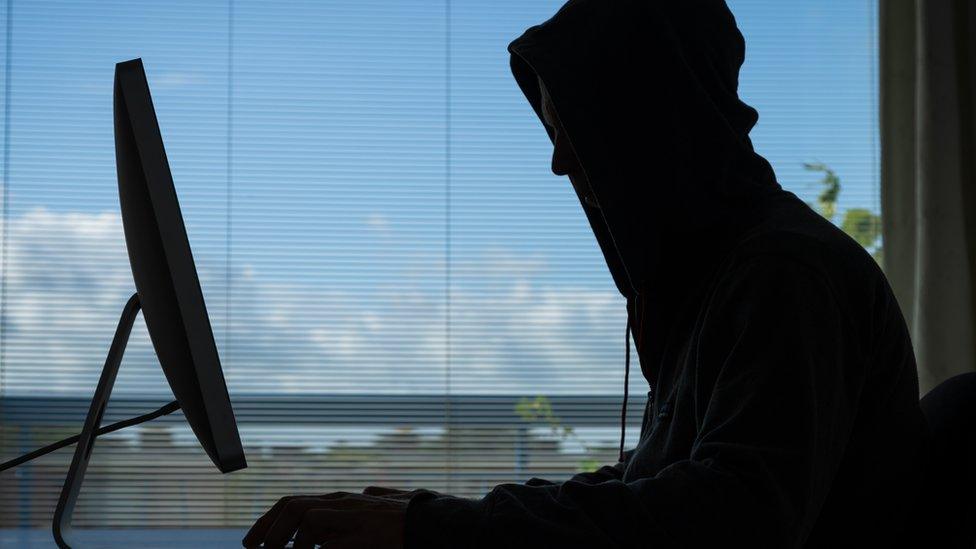AnonIBs, short for Anonymous Image Boards, refer to a type of online community where users can share images and messages without revealing their identities. These boards gained attention for their complete anonymity, freedom of speech, and unfiltered content. While the idea may sound like a digital space for open communication and creativity, AnonIBs became infamous for hosting explicit and often illegal content.
Initially, image boards like 4chan and 8chan popularized the idea of anonymous posting. However, AnonIBs took the concept further—allowing users to create and share images in specific threads, often focused on particular themes or people. This freedom came at a cost, as it soon turned into a platform for exploitation and privacy violations.
The Origin and Purpose
AnonIB started as a small image-sharing website where users could post pictures freely without moderation or identity checks. The idea was to create a community-driven platform similar to early online forums. It attracted people who valued privacy and wanted a place to speak freely without censorship.
However, without moderation, the platform quickly spiraled out of control. Users began creating “boards” dedicated to sharing images of individuals, often without their consent. Many boards focused on “celebrity leaks” or “ex-girlfriend” content, which led to serious ethical and legal issues.
Controversy and Legal Trouble
The controversial nature of AnonIBs drew international attention from both the media and law enforcement. It became notorious for being involved in non-consensual sharing of explicit images, often referred to as “revenge porn.” Victims, mostly women, discovered personal photos uploaded and shared publicly without permission.
In several cases, investigations revealed that some users hacked into private accounts or used deceptive tactics to steal images. Governments and cybercrime units around the world began tracking AnonIB users and administrators. Eventually, authorities shut down many AnonIB websites after uncovering large-scale privacy violations and data breaches.
The FBI, Europol, and local law enforcement agencies cooperated to take down multiple versions of AnonIB. Yet, like many dark web platforms, new clones or mirror sites often emerged soon after one was taken offline.
Impact on Victims
The emotional and psychological damage caused by AnonIBs cannot be overstated. Victims experienced humiliation, anxiety, and long-term trauma after discovering their private images shared online. Some faced harassment, blackmail, or even job loss because of leaked content associated with their names.
For many, the hardest part was the lack of control. Once an image was uploaded to an AnonIB board, it could spread instantly across the internet, making it nearly impossible to remove completely. Victims often had to rely on costly legal measures or digital forensics experts to track and report illegal content.
The rise of AnonIBs also sparked conversations about digital consent, cyber ethics, and the responsibility of online platforms to protect users from harm.
The Fight Against Non-Consensual Content
In response to the AnonIB controversy, governments and advocacy groups began pushing for stronger laws against revenge porn and image-based abuse. Many countries now treat the non-consensual sharing of explicit images as a serious criminal offense, punishable by imprisonment and heavy fines.
Technology companies have also improved their tools to detect and remove such content. Social media platforms, search engines, and hosting services introduced reporting systems and algorithms to automatically identify and delete revenge porn material.
Moreover, organizations like the Cyber Civil Rights Initiative (CCRI) and Without My Consent now support victims through legal advice, emotional counseling, and digital takedown assistance.
Lessons from the AnonIB Era
The downfall of AnonIB serves as a powerful reminder of how unchecked online anonymity can lead to harmful behavior. While the internet should remain a space for free expression, it must also balance that freedom with accountability and respect for others’ privacy.
AnonIBs may no longer be as widespread, but their legacy continues to influence digital law, online ethics, and cybersecurity practices. Platforms today must adopt stricter policies to prevent exploitation and promote safer digital environments.
Conclusion
AnonIBs began as a simple anonymous image board but evolved into a global symbol of online exploitation and privacy abuse. Its rise and fall highlight the dangers of anonymity when combined with unethical behavior.
While technology keeps evolving, one thing remains clear—digital responsibility is everyone’s duty. Whether we share, post, or browse online, we must remember that behind every image is a real person deserving of respect and consent. The story of AnonIBs teaches us that freedom without boundaries can quickly become chaos, and protecting privacy should always come first.
